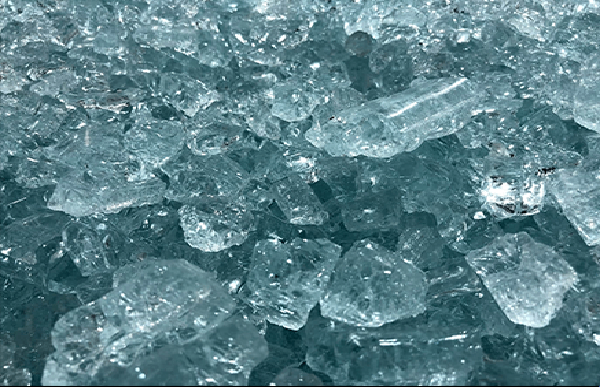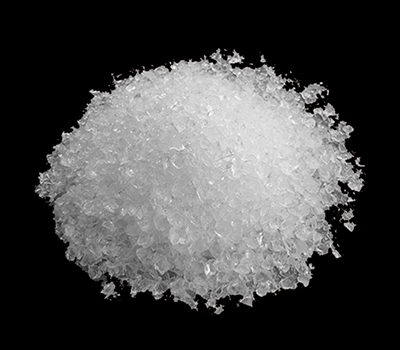
What is the shelf life of Dolomite Powder?
November 14, 2023
What are the main uses of Soda Ash Light?
November 27, 2023Introduction:
Sodium silicate is an enzymic compound, which has been deployed in different fields in such areas, where it acts as an adhesive, binder or protector. It is available in two primary forms: liquid and solid. The two namely, the liquid and the solid sodium silicate have similar chemical compositions but are distinct in their characteristics and uses. Thus, as a reliable and reputed Sodium Silicate supplier in India, with the help of this blog post we would like to explore some distinctions between them with an aim of revealing their peculiar characteristics and possible application methods.
Liquid Sodium Silicate
The liquid sodium silicate is a light yellow viscous watery solution consisting of dissolved amorphous sodium silicate. The chemical compound is mostly created by putting silica to reaction with sodium carbonates at high temperature then mixing it into a water solution. As a result, a fluid sodium silicate solution can be used for various purposes considering its liquidity characteristics.
Characteristics and Properties
1. Viscosity: Being highly viscous, liquid sodium silicate is ideal for products which require adhesive or binding properties. Various concentrations of sodium silicate in the solution can control the viscosity.
2. Alkalinity: The solution is strongly alkaline with pH between 11 and 13. It gets this alkalinity that makes it have good binding properties and corrosion resistance.
3. Solubility: Due to its high solubility in water, liquid sodium silicate can be easily mixed and applied in many industrial applications.
4. Versatility: Being a viscous substance allows it to be applied by spraying, dip or brush when using in detergents, adhesives, cements, and coatings.
5. Adhesive Strength: However, upon reaction with carbon dioxide in the atmosphere, liquid sodium silicate forms strong adhesive bonds which can effectively bind things like wood, glass, and metal.
Applications
- One such critical ingredient used in detergents is liquid sodium silicate whose primary role is acting as a builder, assisting to increase the cleaning efficiency of water.
- In the cement and concrete industry, liquid sodium silicate is used as binder, accelerator, and corrosion inhibitors.
- Applied as a coating agent in paper and textiles, it renders them flame-resistant and more durable.
- The compound liquid sodium silicate acts as the binder for foundry molds and cores because of high temperature resistance and strong adhesive ability.
- It is important for water treatment due to its alkaline qualities, in order to adjust pH, and as well coagulating substances like clays or silicates.
Solid Sodium Silicate
The solid sodium silicate or powdered/granular sodium silicate is obtained when such liquid form is dehydrated in a drying procedure. This creates a firm, which is composed of high concentration of sodium silicate and can be used for particular purposes.
Characteristics and Properties
1. Concentration: The solid form of sodium silicate has greater molar concentration of sodium silicate as opposed to the liquid form which facilitates accurate dosages.
2. Stability: Solid has higher stability and longer lifetime than liquids, as it is more resistant to the decay and change of viscosities.
3. Absorbency: Solid sodium silicate is quite free in terms of water; thus, it is extremely absorbent. This feature becomes useful when applied in areas involving moisture absorption like drying agents and desiccant use.
4. Powdered Form: It is commonly available in solid form such as powders or granules that are easy to handle and store.
Applications
- It can act as raw materials for the manufacture of liquid detergents and powdered detergent manufacturers.
- This powder is used for manufacturing catalysts and zeolite that are found to be useful in petrochemistry and the refining industry.
- It acts as a desiccant because it is absorbent and removes moisture from the air, hence preventing damage to sensitive materials caused by humidity.
- It is important for the treatment of soils to enhance their load bearing capacity and to prevent erosions.
Conclusion
At the end Sudarshan Group concludes that both liquid and solid sodium silicate differ in their characteristics because they are different. Sodium silicate liquid is a versatile and easy-to-handle compound that exhibits good adhesive qualities. It finds an application in multiple sectors such as the detergent industry, the cement industry, and the coatings industry. However, solid sodium silicate offers an increased concentration, stability and absorbency which makes it suitable for application in areas such as catalysts, desiccants and soil stabilization. Knowing about the distinctions between these two types enables a person to choose the right sodium silicate variant suitable for various industries.



